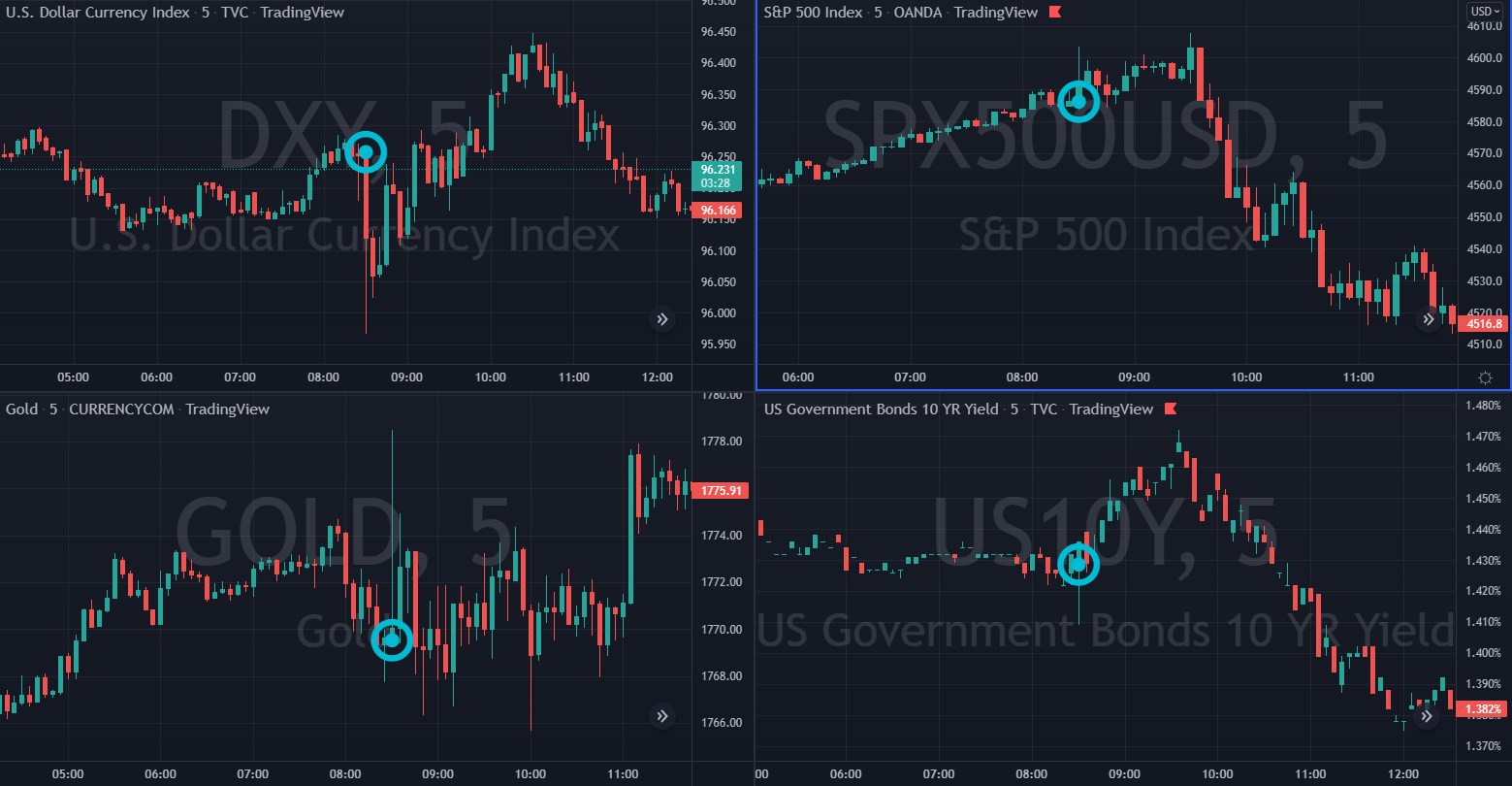
JPM’s View
NFP Forecast: 450k
21 states implemented an increase in their minimum wage entering 2022 and wages, in general, continue to rise quickly, as should be evident in this Friday’s December jobs report. In addition, income tax refunds should be strong this year as taxpayers benefit from enhancements to the earned income tax credit and dependent care credit, as well as the part of the enhanced child tax credit that they did not receive in monthly payments.
Goldman Sachs' View:
NFP Forecast: 500k
Unemployment Rate: 4.1%
Morgan Stanley's View:
NFP Forecast: 260k
Unemployment Rate: 4.2%
What is it?
Nonfarm Payrolls is the measure of the number of workers in the U.S. excluding farm workers and workers in a handful of other job classifications. This is measured by the Bureau of Labor Statistics (BLS), which surveys private and government entities throughout the U.S. about their payrolls. The BLS reports the Nonfarm Payroll numbers to the public on a monthly basis through the closely followed “Employment Situation” report.
Why is it important?
The NFP report is a key economic indicator for the United States. It is intended to represent the total number of paid workers in the U.S. minus farm employees, government employees, private household employees, and employees of nonprofit organizations.
What are the fundamental effects?
Wages and salaries from employment make up the main source of household income. The more workers there are, the more they buy and propel the economy forward. If fewer people are working, spending drops off and businesses suffer. Both the Federal Reserve and the markets pay close attention.
How does it affect markets?
CURRENCY - A strong report may drive interest rates higher, making the Dollar more attractive to foreign investors.
STOCKS - For stocks little or no growth in employment is generally bad for stocks. Weak sales shrink corporate income and earnings.
BONDS - A series of weak employment reports reflects a more sluggish economy, which may be bullish for bond prices and interest rates may head lower.
Last Months Report:
The total nonfarm payroll employment increased by 210,000 in November, while the unemployment rate fell by 0.4 percentage points to 4.2%, according to the US Bureau of Labor Statistics. Professional and business services, transportation and warehousing, construction, and manufacturing all saw significant job growth. Retail trade employment fell over the month.
The number of unemployed people has decreased by 542,000 to 6.9 million. Both indicators are significantly lower than they were at the end of the February-April 2020 recession. They are, however, still higher than before the coronavirus pandemic (3.5% and 5.7 million, respectively, in February 2020)
